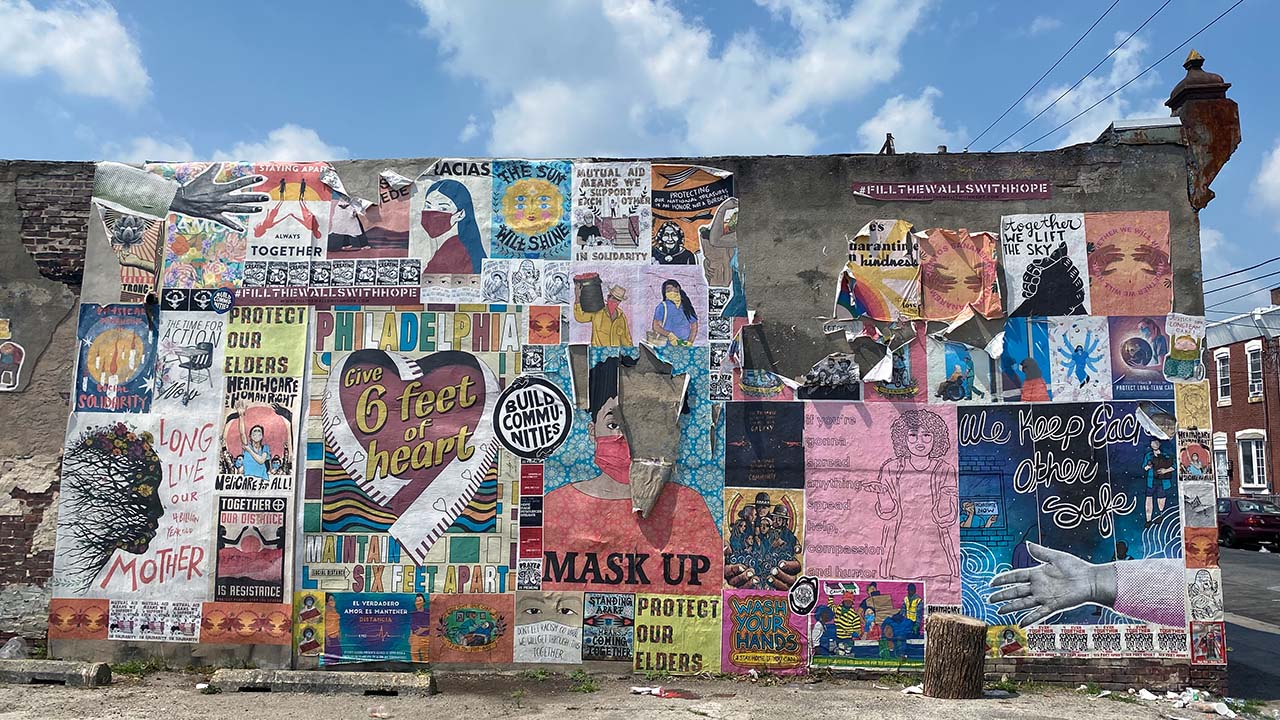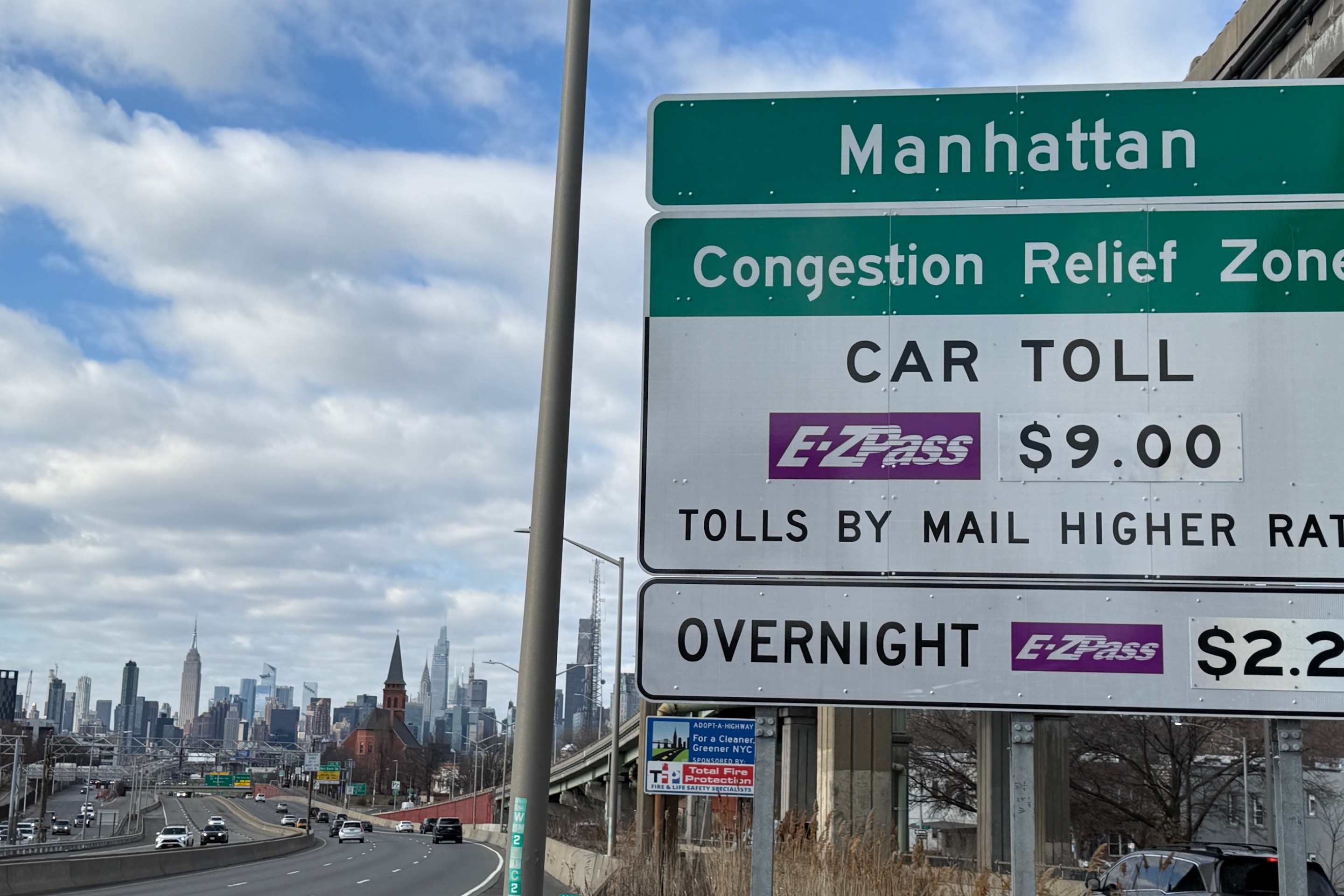The initial numbers came in last month, and they were grim. The City of Philadelphia reported that 582 people died of a drug overdose through the first six months of 2021. That was about 10 percent higher than the number of deaths over the first six months the year prior, the second-highest total on record. Demographics changed; overdose deaths in black Philadelphians rose by nearly 30 percent in 2020. Overdoses were also no longer as clustered in Kensington, a section of the city that has long had drug buyers and sellers.
“The shifting demographics of this epidemic are more evidence that all corners of the city need to come together and fight the scourge of fentanyl,” said Philadelphia deputy health commissioner Frank Franklin (no relation to Ben, as far as I know) in a statement. “This is no longer a Kensington problem; everyone needs to commit to saving the lives of our loved ones, neighbors, and family members.”
In 1986, the weed activist Richard Cowan wrote an article called “How The Narcs Created Crack.” In it, he coined the Iron Law of Prohibition: “The harder the enforcement, the harder the drugs.” (I referenced it here, because I had a pun to make.) Cowan's point looks logical on its face. Prohibiting something naturally adds costs to the manufacture and distribution of it; makers and sellers have to be surreptitious. When a drug has to be smuggled, it makes simple business sense to try to increase the potency of it in order to maximize the value—regardless of what customers are interested in. “Synthetic drugs to replace heroin are already available and are as much as a thousand times more potent than the real thing,” Cowan wrote in that article.
It took a while—uppers were the drug of choice in the '80s and '90s—but a synthetic opiate, fentanyl, eventually took over. Most opiates sold in Philadelphia, for example, no longer contain heroin at all. But the overdose crisis continues not just because fentanyl is now the primary opiate. It's more that the inconsistency of the market can cause massive shakeups for users. There have been headlines this year about fentanyl found in cocaine and other uppers. Drug interdiction further disrupts this already unstable market, in an obvious way: Arrests of corner dealers can drive buyers to new corners, which may have a different mixture in the bags they sell.
Here’s an example: Most fentanyl in Philadelphia is now cut with xylazine, which is most commonly called tranq. That’s short for horse tranquilizer; xylazine is a veterinary drug. It has a history of use as a recreational drug, called anestesia de caballo, in Puerto Rico; by the late-2000s one survey found that 80 percent of drug users surveyed used it. It showed up in Philadelphia in the middle '00s, likely through makers with ties to Puerto Rico. (Philadelphia has a large and growing Puerto Rican population in lower North/Northeast Philadelphia.) On both the island and in Philadelphia, the drug was showing up in toxicology screens done after overdose deaths. These weren’t necessarily users who wanted to use tranq; opiate users were exposed to it because xylazine was in the opiate supply. From 2010 to 2019, xylazine went from being in 2 percent of overdose deaths to 31 percent. There are many dangers to this adulterated supply. One example is that naloxone, an overdose reversal drug also known by the brand name Narcan, does not work on xylazine.
The drugs are dangerous for users. But a common problem is that local health authorities often don’t even know what’s in the drug supply, which makes it more difficult to warn users and help them take the sort of preventative measures that generally get described as “harm reduction.” When looking at a drug market, public health departments often rely on what’s known as sentinel marker data. That comes from ER departments, drug treatment admissions, law enforcement. As a result, it is often very late. By the time a public health department starts taking measures, the problem is already widespread.
The City of Philadelphia, however, has a bit of a solution to this problem—one that’s realistic and, I think, could be replicable in other cities. It started with Christopher Moraff, a longtime drug journalist in Philadelphia. He’s great at that job; he gets out there and actually reports, interacting regularly with users and sellers at a level that nobody else I know does. In 2017, the city and Conrail shut down El Campamento, a drug-user camp located on a former train-track right of way (Rocky ran on it in Rocky II). Moraff was curious how that major market disruption, as well as shutdowns of camps that popped up in the wake of the closure, would change the drug market. He began collecting used bags from users and samples from dealers and testing them for fentanyl. He started seeing more of it. But even as he acquired more testing strips, he was still only testing for individual drugs.
A chance Twitter interaction led to the program being set up. He happened to connect with Alex Krotulski sometime a few years back. Krotulski is associate director at The Center for Forensic Science Research & Education. It has a DEA scheduling license. Krotulski was willing to test drugs. Crucially, they would not just test for the presence of fentanyl or whatever. They could take a sample, separate the component drugs, and come up with a full analysis of what's in it.
At some point the city was looped in. Krotulski now also gets samples from the city’s health department. Jen Shinefeld, a field epidemiologist for the city’s Division of Substance Use and Harm Reduction at the Department of Public Health, told me she now sends samples to his lab at least weekly. But she sometimes sends samples as often as daily, when there are clusters of overdoses or other worrying trends. “Alex has done identification for me in as quickly as two hours when we've had clusters we've identified,” she tells Defector.
This brings us back to xylazine. The city has been able to track, over time, how much is generally in the drug supply. It’s also been able to reach out to partners—groups that do harm reduction with drug users like Prevention Point Philadelphia, where I volunteer—and share warnings and advice and strategies. Xylazine is now found in 90-to-100 percent of the samples the city tracks. Sometimes just telling users xylazine is in their drug supply is enough to get people to change habits.
Here’s another example of how quickly it works: On one weekend in 2018, the city recorded 165 overdoses—an absurd total for a Friday and Saturday. Drug users in the Kensington area reported those being revived from ODs screaming and shouting—not the typical response. No one knew what had happened. The city got samples to Krotulski’s lab and identified the culprit: Synthetic cannabinoids, also known as spice or K-2, had been in a batch of what was supposed to be the purest heroin in the city.
“The reaction to those ODs was to use naloxone, as it was reported as overdoses,” Moraff says. “But it was really a poisoning. Naloxone was really almost having a counteractive effect on people… the problem was, you had clinicians who had no idea what was going on. That was a real stepping stone on the way to this.”
“The reason why that work outbreak was so important was that you had clinicians, you had public health, you had a number of people who had no idea what was going on,” Krotulski says. “And you needed someone to do that drug checking work to actually figure out and get an answer.”
There is a glaring disjunction between how helpful and even potentially life-saving this information is, and the informal, seat-of-the-pants way in which it is generated—a journalist and a city employee send samples to a random lab employee with an interest in the subject. Fortunately, the city of Philadelphia has recently procured its own drug testing devices. There will be point-of-care drug testing this year in the city.
I believe that his model can not only be scaled up throughout a city's drug marketplace, but be replicated in any city that wants to implement it. States and cities will soon be overflowing with cash from the settlement against the Sackler family. Funding programs like the one in Philadelphia is an obvious and effective way to do harm reduction. Before El Campamento was shut down, the heroin sold in Philadelphia was renowned as pure. The city broke that market up; now the city's supply is mostly fentanyl. If the government plans to spend funds on law enforcement solutions, they will only make the problem worse. By the same token, if they can bring themselves to deal with the actual realities of drug use, they might save some lives.





